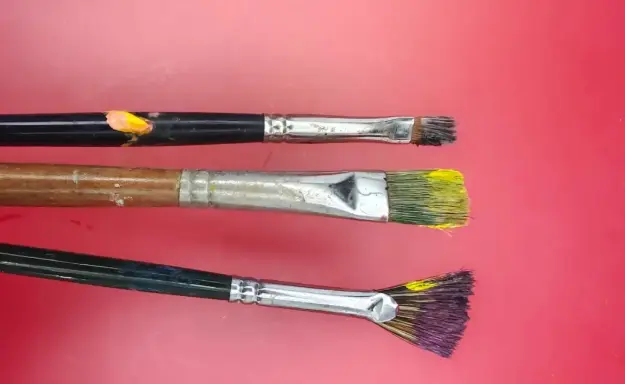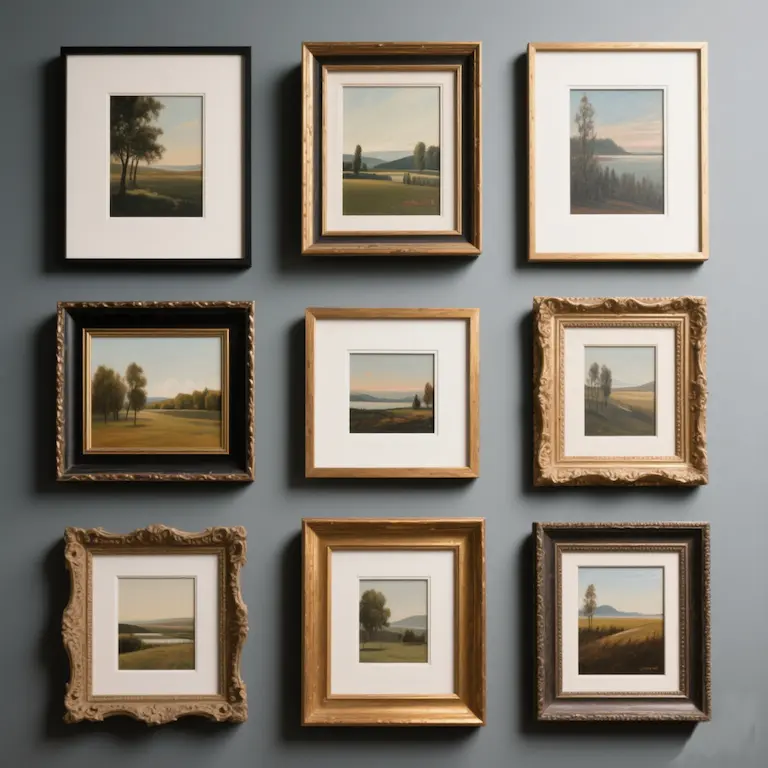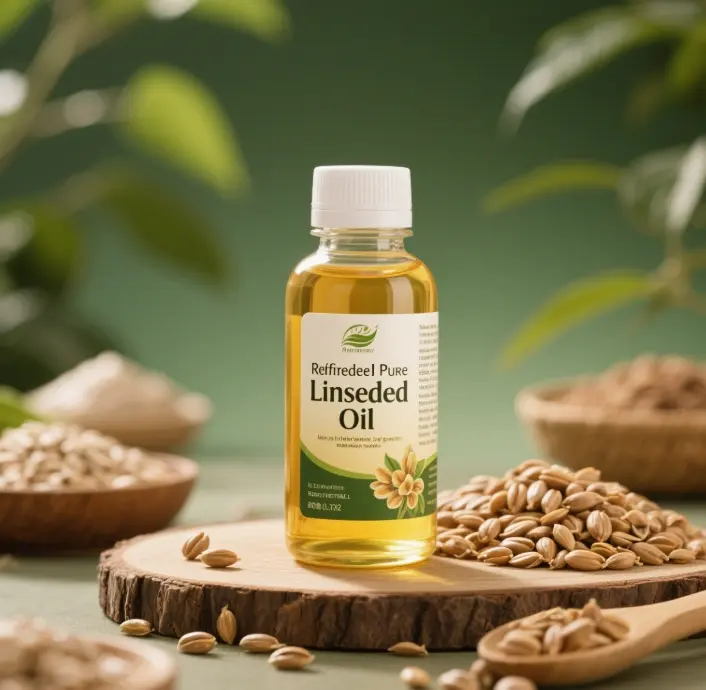The most important thing about learning any new skill, especially oil painting, is constant practice and experimentation. As the saying goes, “Practice makes perfect.” For oil painting beginners, it is inevitable that they will encounter some mistakes during the process of practicing, and the key is to learn from them. Next, we’ll share six common mistakes oil painting for beginners make and give you ways to correct them to help you avoid these common pitfalls.
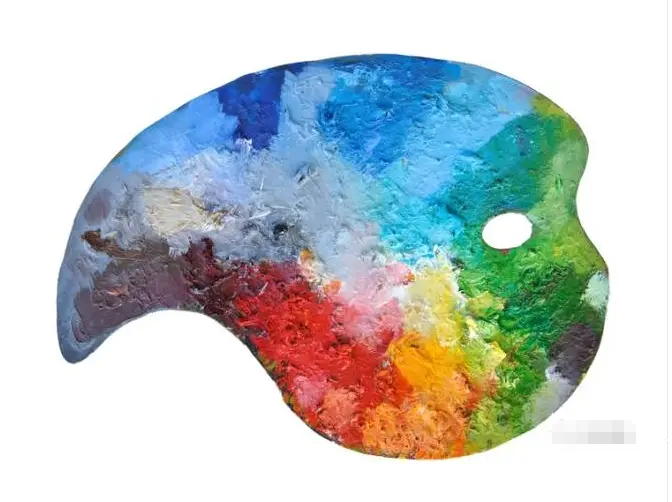
Confusing Classification on the Palette
Beginners in oil painting often place their paints on the palette without clear classification, which can lead to a messy mess of colors, and even sometimes accidentally dipping into the wrong paint, affecting the whole progress of the painting. In order to avoid this situation, you can partition the pigments according to the color ring and divide the area on the palette according to the color category. This not only improves the efficiency of paint usage, but also reduces the chance of misuse and makes the painting process smoother.
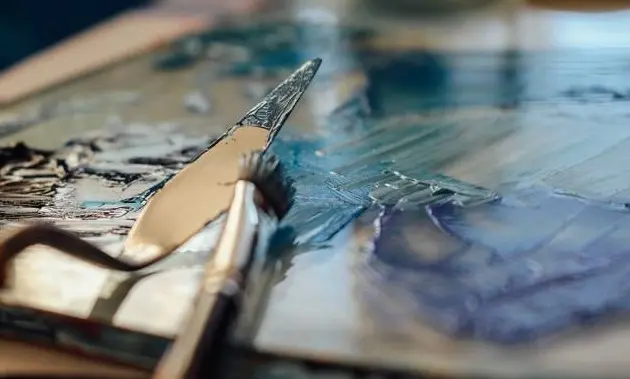
Overmixing Pigments
Another big common mistake is overmixing pigments. Beginning oil painters tend to use too much paint in order to get the perfect color. The problem with this is that mixing too much pigment can end up with very “dirty and messy” colors. To avoid this, it is best to mix two or three pigments and try to keep some of the original colors separate. This creates a richer, more layered color effect.
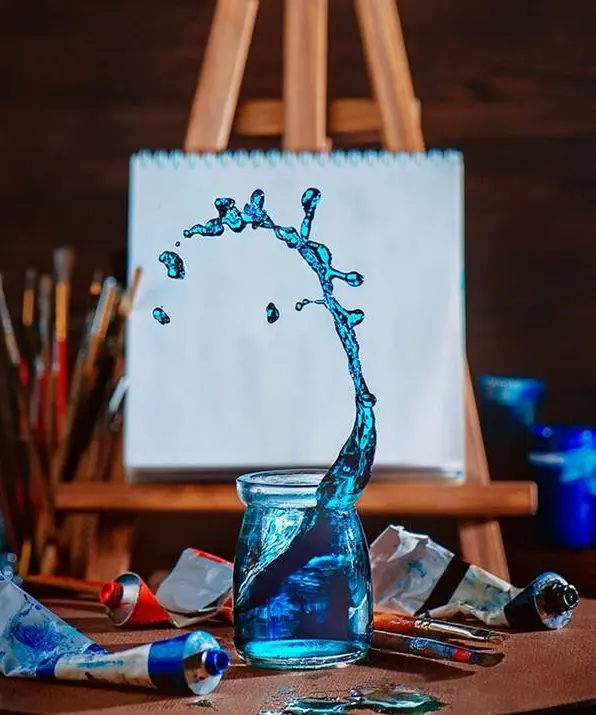
Using the wrong mixing substance
Oil painting pigments are not soluble in water, but need to be diluted with a specialized mixing substance. Many oil painting beginners often ignore this at the beginning and directly use water to dilute the pigments, which not only fails to get the desired effect, but also may affect the quality of the painting. The correct practice is to use linseed oil, turpentine and other special oil painting blending oil, and to master the appropriate amount of use. Too much oil will cause the picture to remain dry for a long time, and if the oil layer is too thin, it will easily cause the picture to crack.
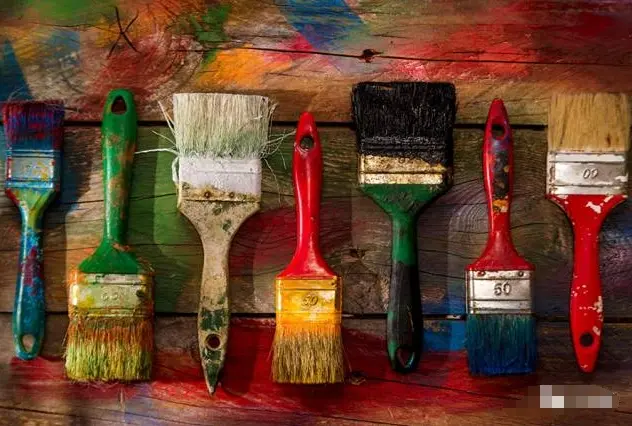
Neglecting Picture Focus
Many oil painting beginners pay too much attention to the details and the accuracy of the picture when they are painting, and often neglect the dynamic effect of the picture as a whole. In fact, every oil painting should have a visual focal point, just like when we are looking at the landscape, our eyes usually focus on the near objects, while the distant scenery will show a blurred effect. When creating a painting, make sure that the picture has a clear focal point, which will make your work more expressive and layered.
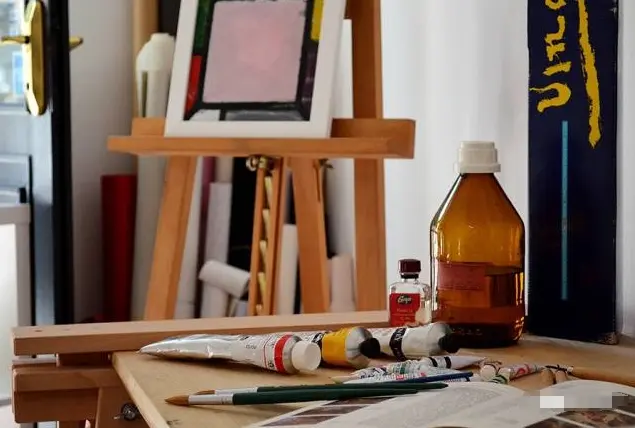
Improper Storage
Oil paintings need to be stored properly, otherwise the temperature, humidity or sun exposure of the environment will affect the life of the paintings. Many oil painting beginners may not pay attention to the storage environment after their paintings are finished, resulting in deterioration of the oil paint or deformation of the canvas. It is recommended that oil paintings be stored in a cool, dry place that is protected from light. If possible, it is best to keep the work in a clean space to avoid dust particles adhering to the surface of the undried oil painting and destroying its texture.
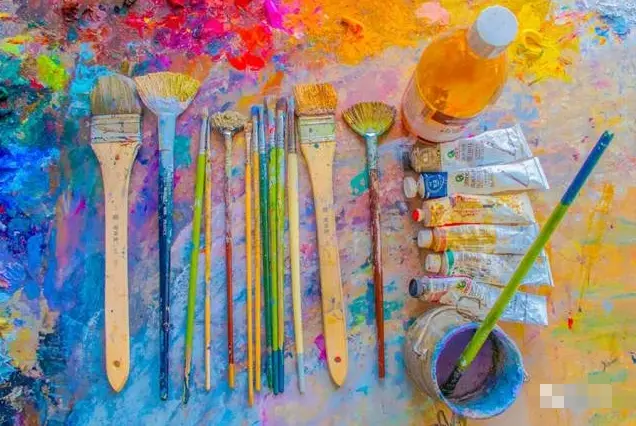
Pigment Waste and Preservation
The process of oil painting is usually slow, and many oil painting beginners will encounter leftover pigments. Due to the long drying time of oil paints, the leftover pigments can be easily wasted. To avoid wastage, you can store large chunks of leftover paint temporarily to prevent them from drying out. You can wrap the chunks of pigment in plastic wrap or special preservation bags and store them in a cool, dry place. This saves the pigment and ensures that it doesn’t go to waste.
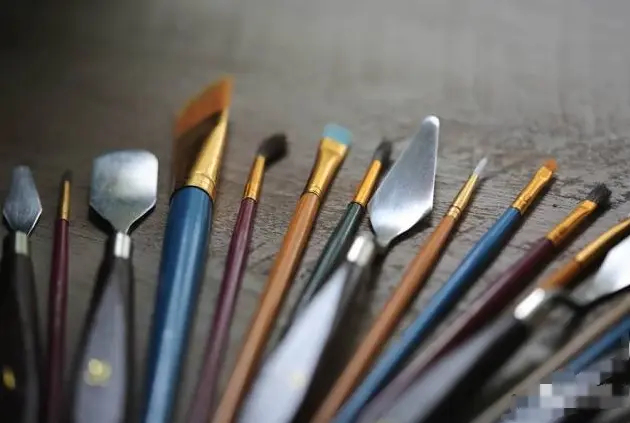
As a beginner oil painter, avoiding these common mistakes is an important step in improving your skills. By organizing your palette wisely, avoiding excessive mixing of colors, using the right blends, making sure the focus of your picture is clear, storing your paintings properly and conserving your paints wisely, you will be able to effectively improve your oil painting. In the next step of your creative process, you may want to review these points from time to time to help yourself to be less distracted and more focused on the art creation itself.




